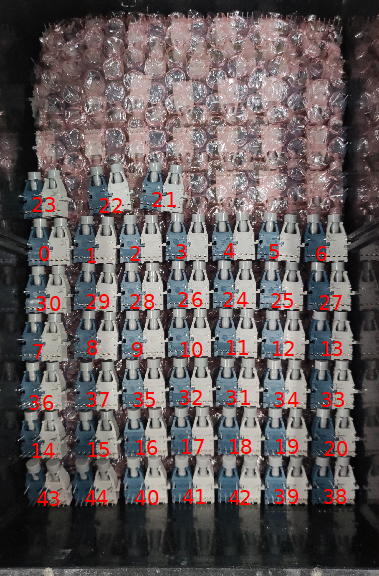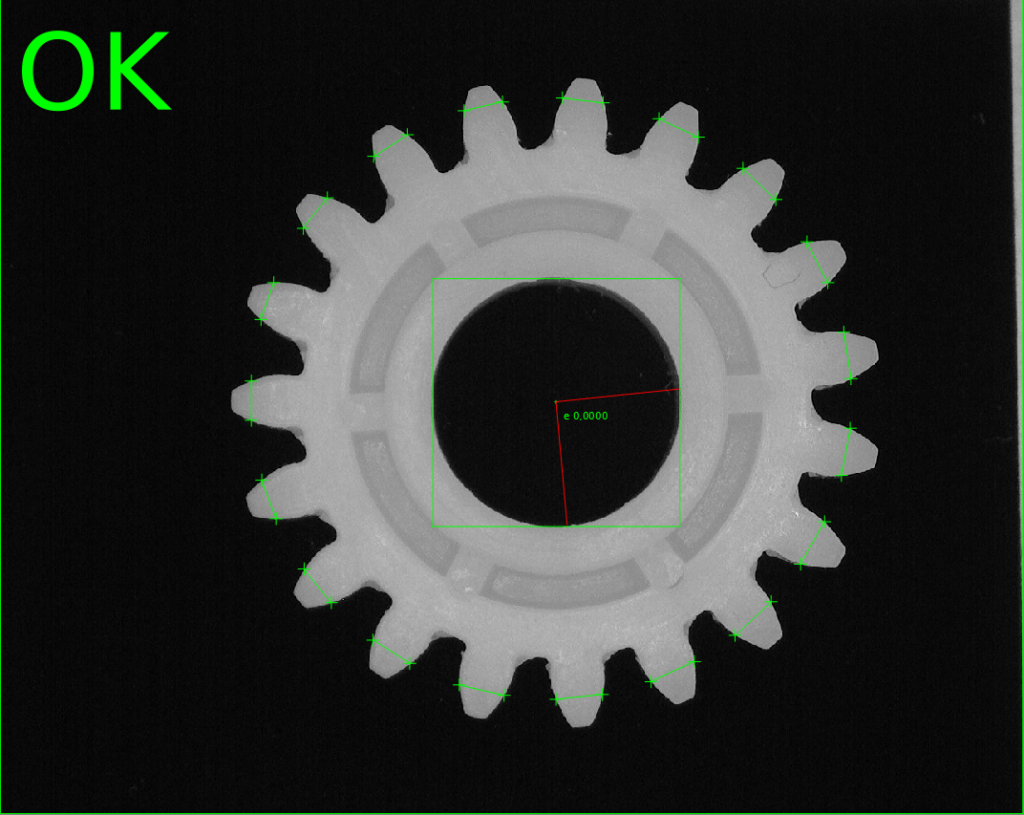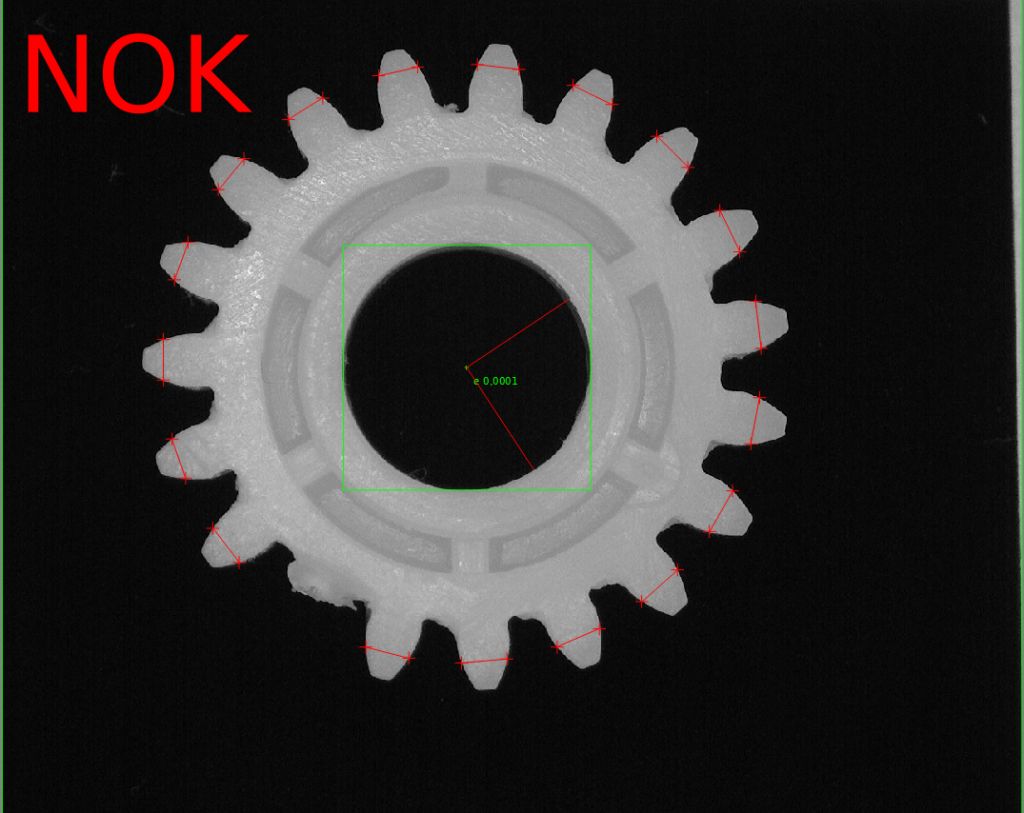
Counting and recognizing objects with the EyeVision software is a central application of image processing and is used in various industries to enable automated quality controls, inventories or production monitoring. It is a component in a wide range of industrial processes, such as
- sorting
- quality assurance
- packaging
- warehouse management
- recycling
- Machining, etc.
Use cases: Object recognition with EyeVision
Finding a specific object through visual inspection is a task that is used in a wide variety of industries.
Here are a few examples.
Recognizing objects in quality assurance
Quality assurance in the manufacturing process is still a difficult task and many processes still rely on the human eye.
Image processing, and EyeVision in particular, can provide a remedy here. Whether in the electronics, pharmaceutical or food industry.
EyeVision can distinguish the wrong component from the right one, or recognize whether a cookie packet is already open. EyeVision can also recognize gear wheels with too few teeth or
check tablet blister packs for different types of medication.
Warehouse management and object recognition
EyeVision can also be used in warehouse management. Objects are tracked in real time, as something is always being added or removed.
Good warehouse management saves companies time and manpower.
Sorting with EyeVision
With EyeVision, manual sorting is no longer necessary. This saves time, costs, labor and reduces errors.
In agriculture, for example, sorting plays an important role in separating the ripe tomatoes from the green ones, or the damaged apples from the good ones.
But other industries, such as the electronics or stamped parts industry, also rely on automated sorting.
Deep learning / machine learning can also be used to detect defects in the object.
Recycling with EyeVision
EyeVision can be used to recognize and classify objects made of a wide variety of materials, making it easy to separate waste, filter out hazardous materials and increase yields, for example
EyeVision for the production line
Nowadays we have fully automated assembly lines and production lines, even for complex products such as cars.
To give modern automated production lines more flexibility, it is important to teach the machines to localize and accurately place objects.
With EyeVision, robots can be controlled and objects accurately recognized.
Counting Gear Thoots


